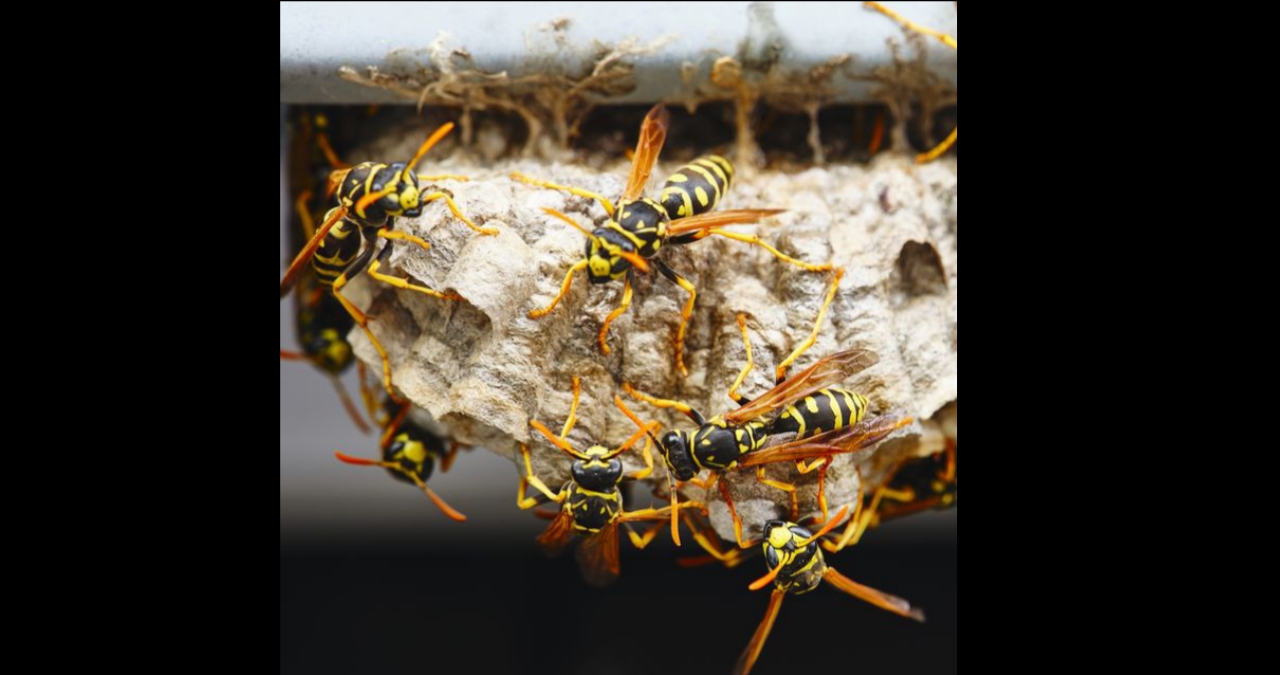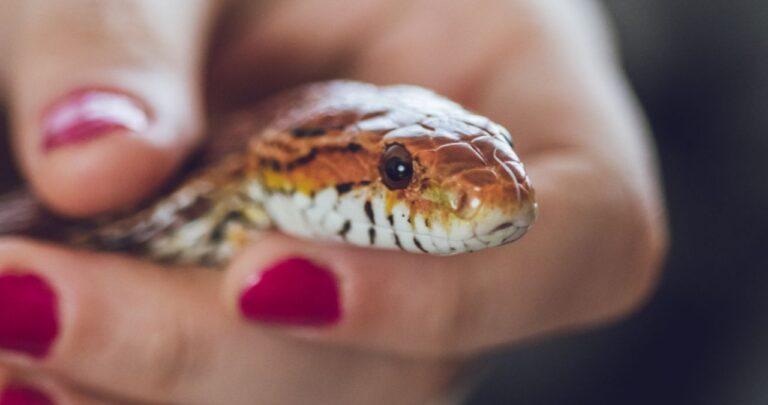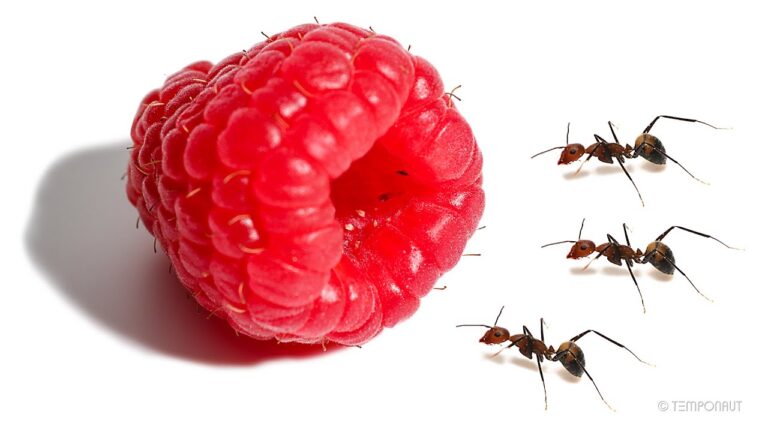Wasp Biocontrol
A social wasp’s social behaviour can help farmers and gardeners reduce crop pests. In fact, colonists in the West Indies experimented with the social behavior of wasps on their plantations, and found that their crops were less susceptible to pests. They also reported using fewer pesticides on their crops when the wasp population was encouraged. These benefits have led to the neglected inclusion of social wasps in the concept of biocontrol.
Solitary wasps
Solitary wasps are gruesome insects. They are black in color with yellow and reddish brown markings. They make nests in soil, hollow stems of plants, dead wood, and even trees. They stock their nests with flies, caterpillars, beetles, and aphids. Getting in contact with a solitary wasp can be extremely painful.
Solitary wasps have lone females that mate, lay eggs, and then make their nests. The nests contain food for the young, which feed on the prey. Once the larvae hatch, they feed on that food and emerge as new adults. In most species, the males die before the females begin the next generation. However, there are species of solitary wasps that nest in wood and use holes left by other species.
The most popular social wasps in the northern temperate zone are the Vespa and Polistes species. These insects are often large, aggressive, and yellow in color. The sting of the females is used for defense and prey capture. The largest hornet in the world is the Asian giant hornet, which can grow up to 4 cm long. Their queens can be up to 4 cm long.
Yellowjackets
Wasps and yellowjackets are common pests throughout the U.S., and their black and yellow bodies can easily confuse you with bees. Although they are tiny, yellowjackets have stingers adorned with small barbs. Their wingspan is about half an inch and their nests can be anywhere from close to the ground to high in the air. This type of wasp is considered a beneficial insect in some cases.
If yellowjackets are bothering outdoor diners, you may consider buying a trap. These traps come in disposable and reusable varieties. However, if you don’t want to spend money on traps, you can make one yourself with a five-gallon bucket, a piece of wire, or even a piece of fish. When yellowjackets land in the bucket, they can’t fly, so they fall down into the soapy water.
Wasps and yellowjackets are extremely dangerous to humans. While most of these insects will not sting unless provoked, the larger the colony, the more aggressive the wasps will become. However, it is important to note that yellowjackets and paper wasps are generally harmless until you come within their nests. This is especially important to keep in mind if you are stepping on an open flower or in an otherwise enclosed area.
Hornets
While you may not want a nest full of hornets and wasps in your home, there are several ways to avoid them. One way to prevent wasps from destroying your home is to caulk exterior walls. Other methods include placing mesh covers over vents and chimneys, and filling ground holes. If you have any wood on your property, make sure to remove it before winter. In addition, you should keep garbage can lids closed tightly. Also, keep overgrown flowering vegetation away from the exterior of your home.
Although hornets and wasps can be annoying and painful, they tend to become aggressive if their nest is threatened. However, when left alone, hornets and wasps are not aggressive and rarely attack without provocation. Yellow jackets, on the other hand, are more aggressive and more likely to attack unprovoked. They also attract sugary foods and beverages. Fortunately, most people are unaware that these insects can sting, and you can get rid of them by following the instructions carefully.
A common type of wasp is the paper wasp, which builds a large, open umbrella-like nest under eaves or ledges. They can be incredibly aggressive, but don’t sting as much as other wasps. In addition, their nests are very large and will typically have 100 to 700 wasps. If you spot them on your property, you should use Ortho(r) Hornet and Wasp Killer to eliminate them.

I’m publisher on vents today if anyone want post on our website then do contact







